How to Buy Comics When Starting or Adding to a Collection.
Starting a comic book collection can be a rewarding and exciting hobby for any enthusiast of visual storytelling and graphic art. The first step in beginning a collection is deciding on what type of comics to collect or buy, whether it be superhero, indie, manga, or a mix of genres. Superhero comics are a popular choice and can include iconic characters such as Spider-Man, The Hulk, Batman, X-Men and Superman. Indie comics offer a more diverse range of storytelling and art styles, with titles like "Saga" and "Bone" garnering critical acclaim. Manga, originating from Japan, offers a wide variety of genres and series, such as "Naruto" and "Attack on Titan".
1. Target for your enjoyment. With this method, pick your favorite character or superhero and roll with it. My personal favorites have always been Iron Man, Wolverine and Archangel (which leads me to my favorite storyline as number option 2)
When choosing which comics to buy and add to a collection, it is important to consider personal interests and preferences. Collecting comics that align with one's favorite genres, characters, or art styles can make the hobby more enjoyable and engaging. Some collectors may focus on completing a specific series or storyline, while others may prioritize collecting rare or first-edition issues. Regardless of the approach, building a comic book collection is a personal journey that can reflect one's taste and passion.
2. Target your favorite storylines. Find a battle, dilemma, overwhelming odds or concept you may enjoy your heroes to overcome to save the world or strictly survive and go for it. Three very popular storylines from the past were Fall of the Mutants, X-Tinction Agenda and Weapon X (Wolverine). The first, which turned William Worthington III (Angel) into ArchAngel stirred up the comic world at the time.
In addition to individual preferences, collectors may also consider the value and investment potential of certain comics. First appearances of popular characters, key storylines, or limited-edition variants can appreciate in value over time, making them sought-after items in the comic book market. Researching market trends, attending conventions, and networking with other collectors can help enthusiasts stay informed and make better decisions when expanding their collection.
3. Target what most collectors shoot for. This is value and price appreciation of course. When trying to find that special comic that will appreciate over time, try finding lower print runs, print errors, first appearances of heroes or artists (Venom, DeadPool, Cable, Spawn), older period comics of value in great condition, deaths, or important issues where characters gain tremendous powers. Heroes with movie adaptations have tended to rise in value due to higher demand. Some contrarian collectors may go against the grain and choose a first appearance issue and load up on it of a character that may be unpopular now (SpeedBall, DarkHark), but may possibly blowup in the future, whether in a few months, few years or few decades.
Ultimately, starting a comic book collection is a fun and rewarding experience that offers endless possibilities for exploring new worlds, characters, and stories. Whether collecting for personal enjoyment or as an investment, choosing comics that resonate with one's interests and values is key. With dedication, curiosity, and a discerning eye, collectors can create a diverse and dynamic comic book collection that reflects their unique tastes and passions. Comics offer an artistic visual escape, especially when choosing to buy comics with highly skilled artists, inkers, and pencilers on top of their field.
4. Target your favorite artists. The most enjoyment some collectors find is turning the pages of great artwork. Many of these artists work is what draws us into making a purchase in the first place. Todd McFarlane's work in Spider-Man (with Venom) made me buy comics in a heartbeat. This choice goes hand in hand with the next option.
5. Target your favorite covers. This includes limited edition variants with various colors of the same image or unique covers (flip covers, sideways covers, hologram covers or cards, blank white covers, bagged comics etc.)
6. Target a time period in the history and age of comics. Victorian Age, Platinum Age, Golden Age, Silver Age, Bronze Age, and Modern Age are the current breakdowns.
In conclusion, no matter what target you use to buy comics, make it your own and enjoy the experience. After all, it is a great hobby and pass time.


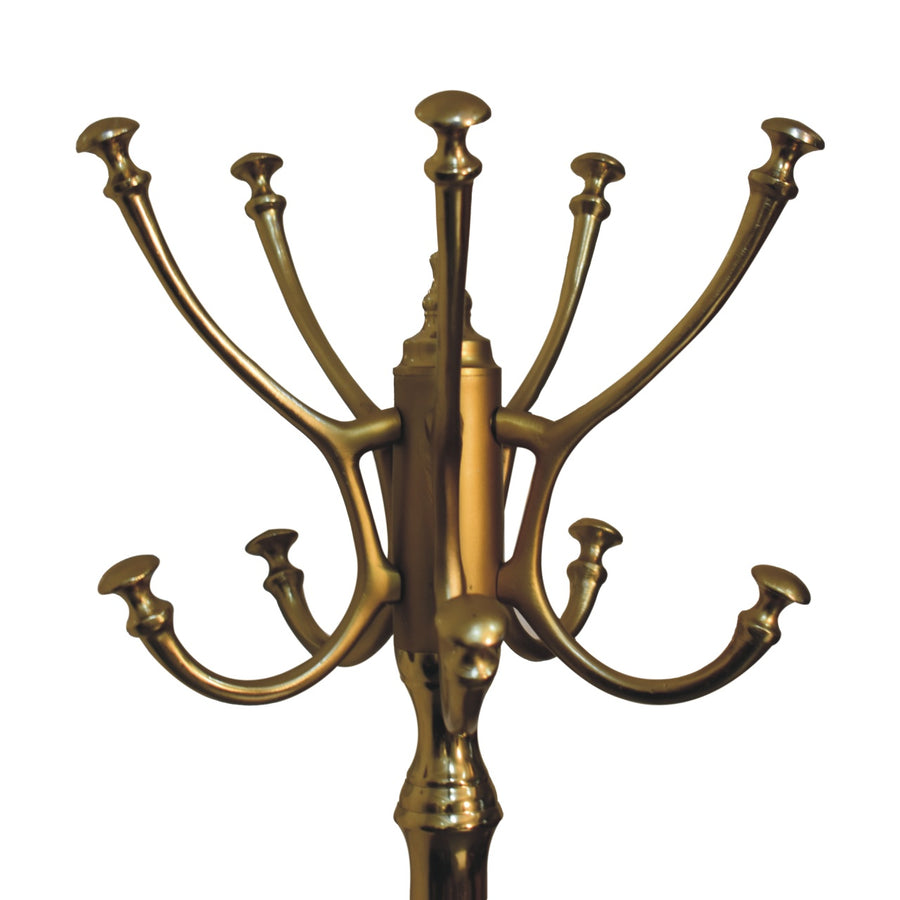
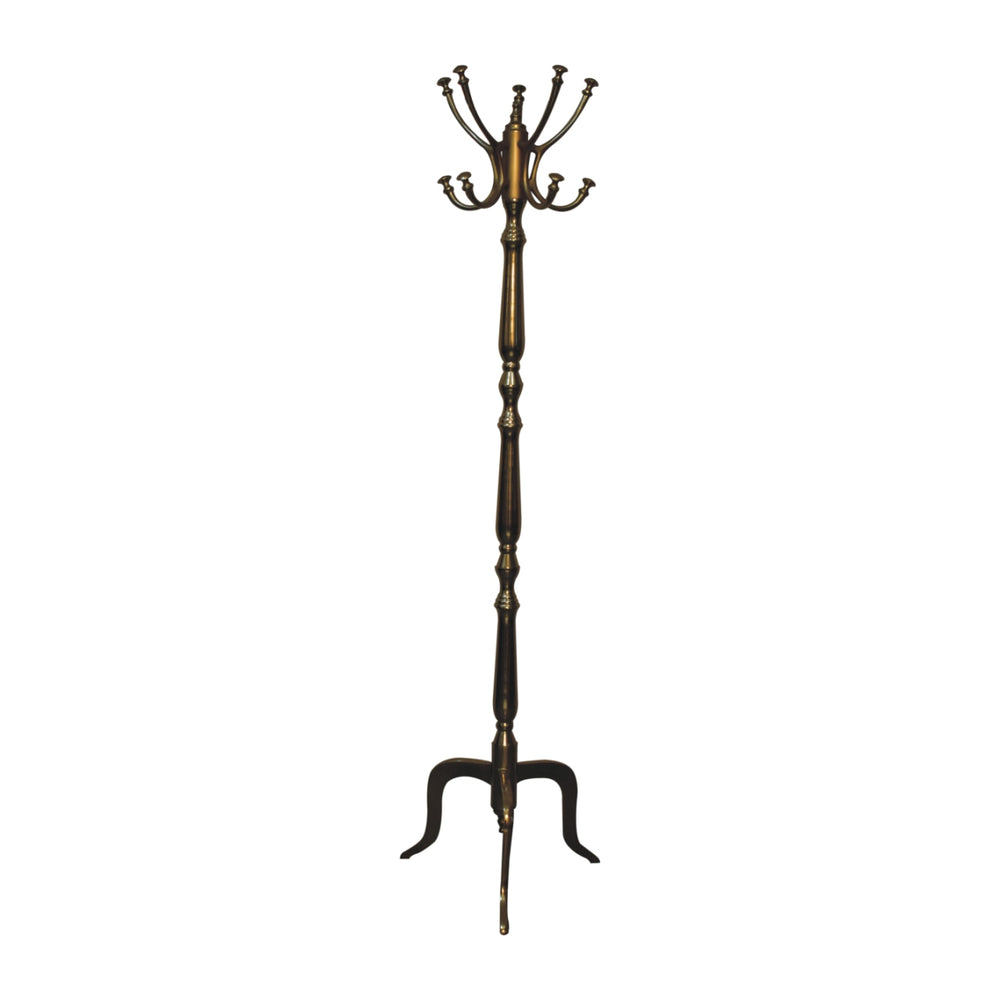
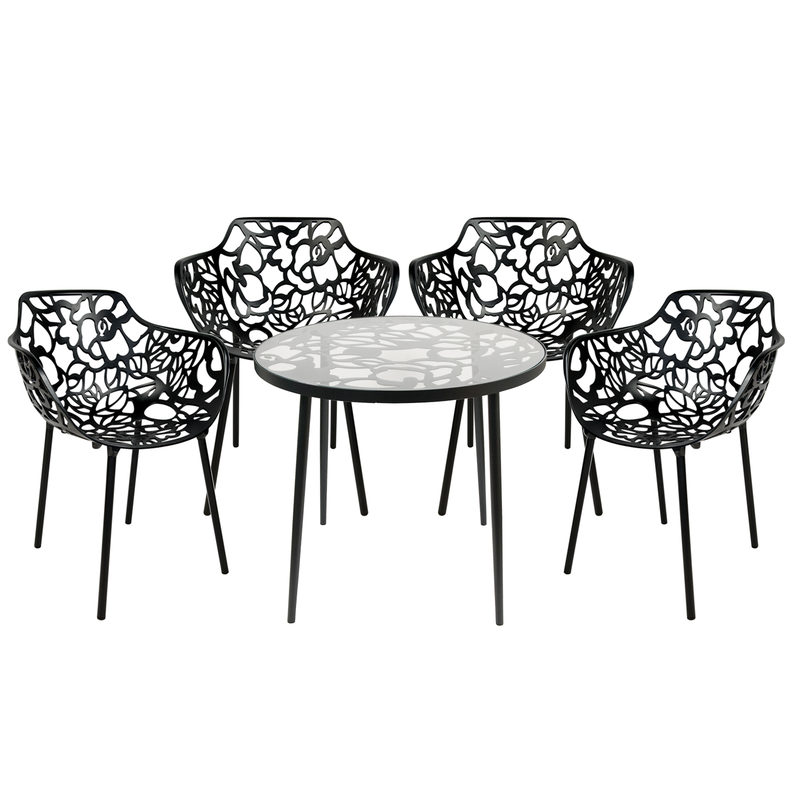
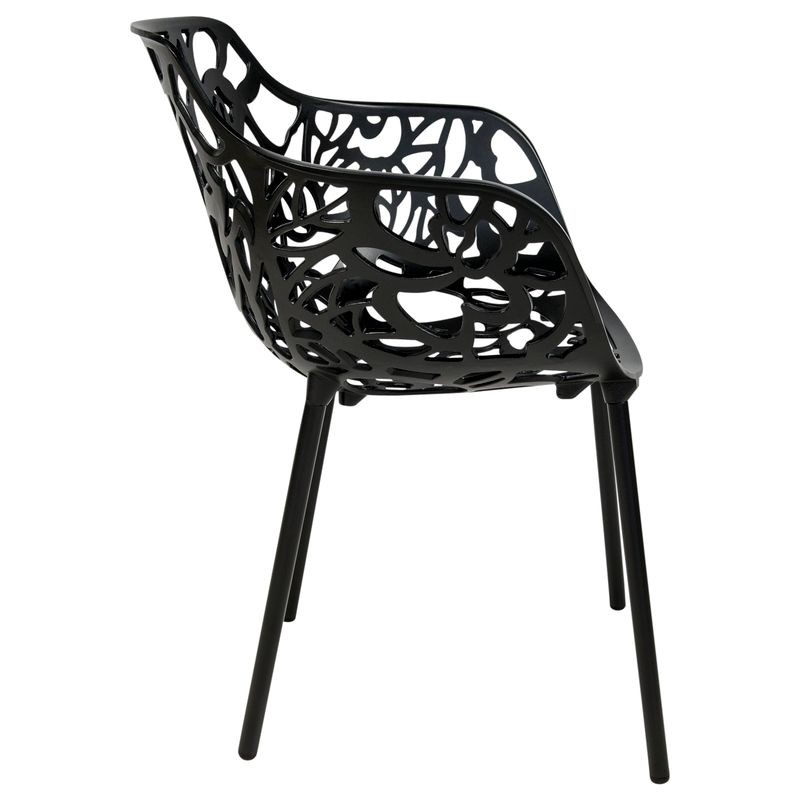




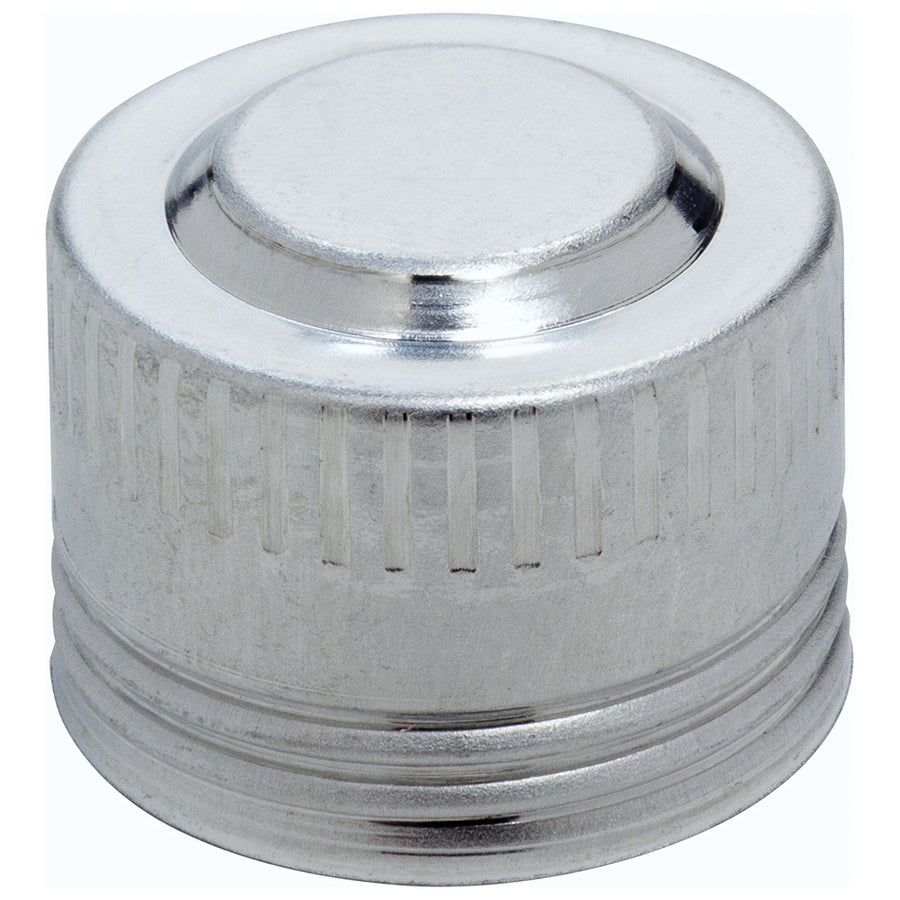
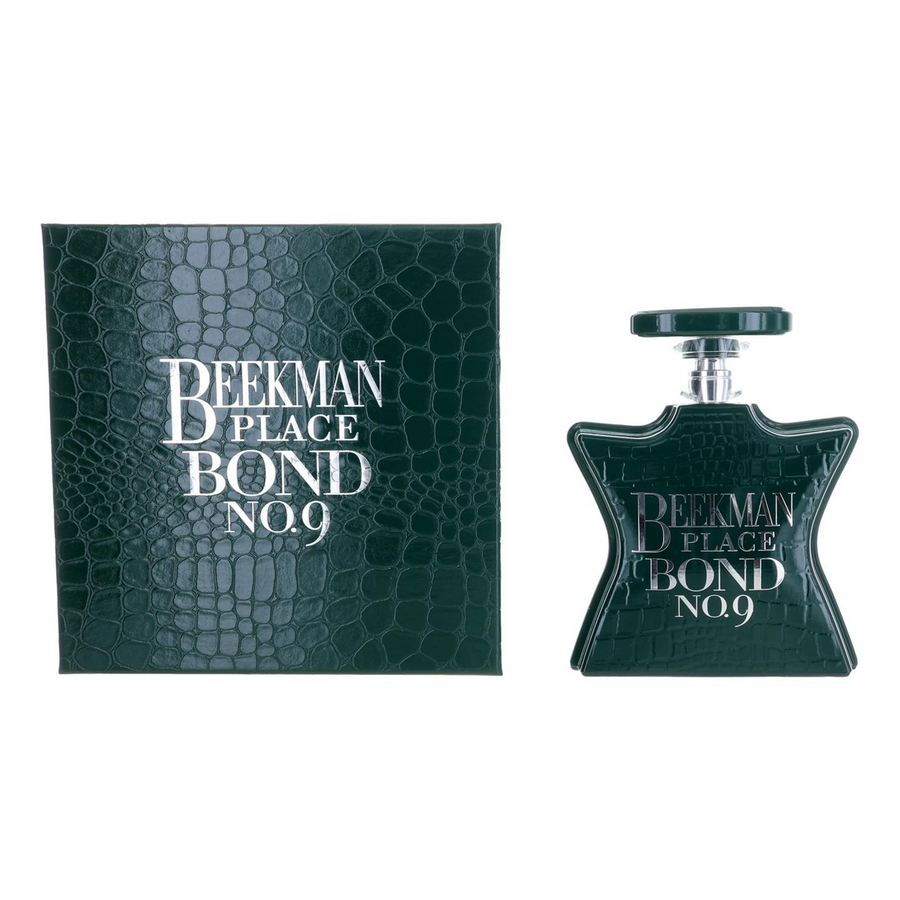

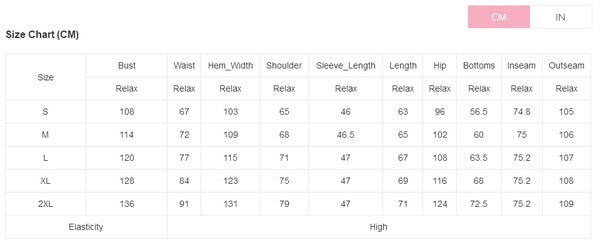


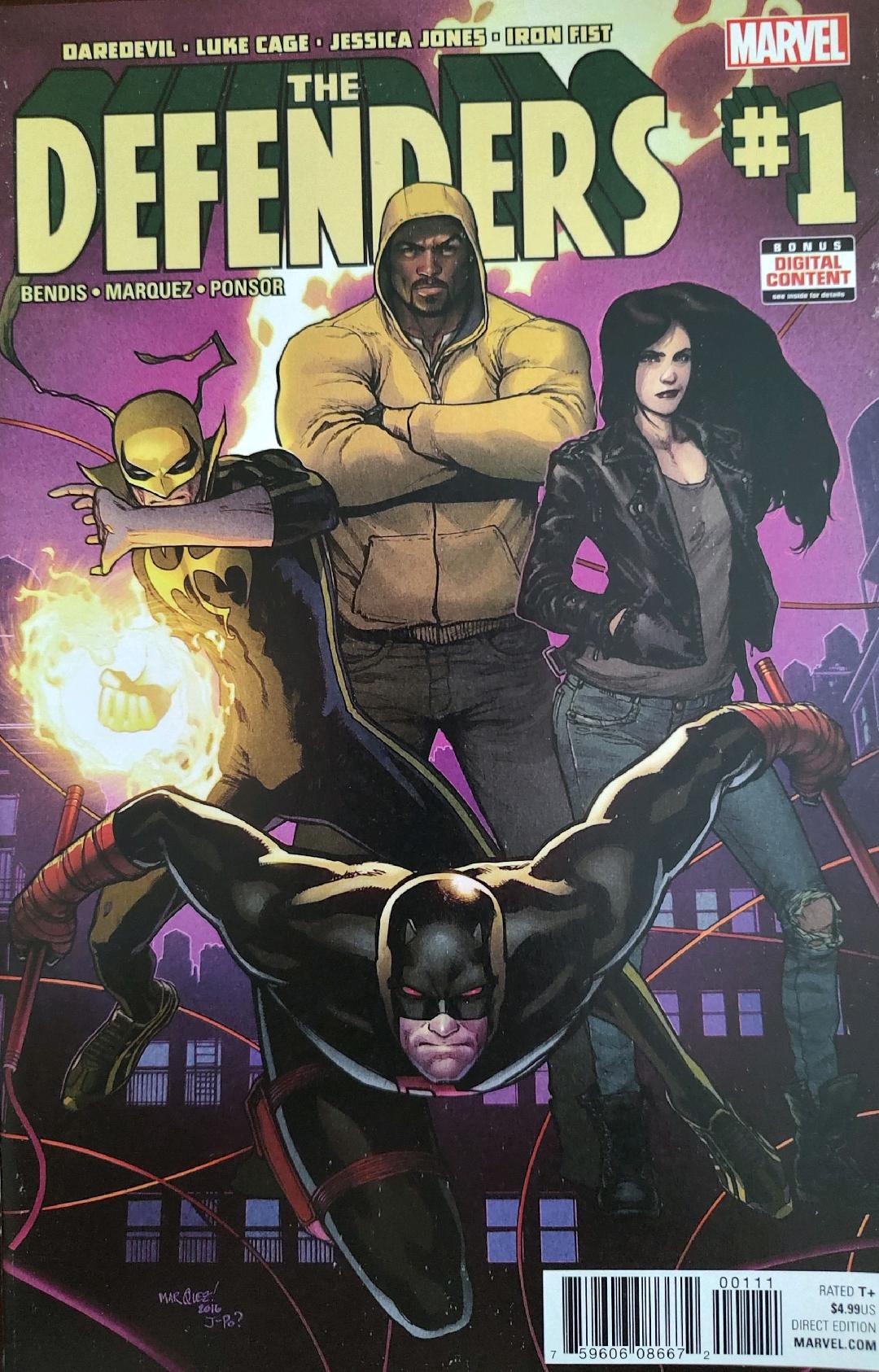





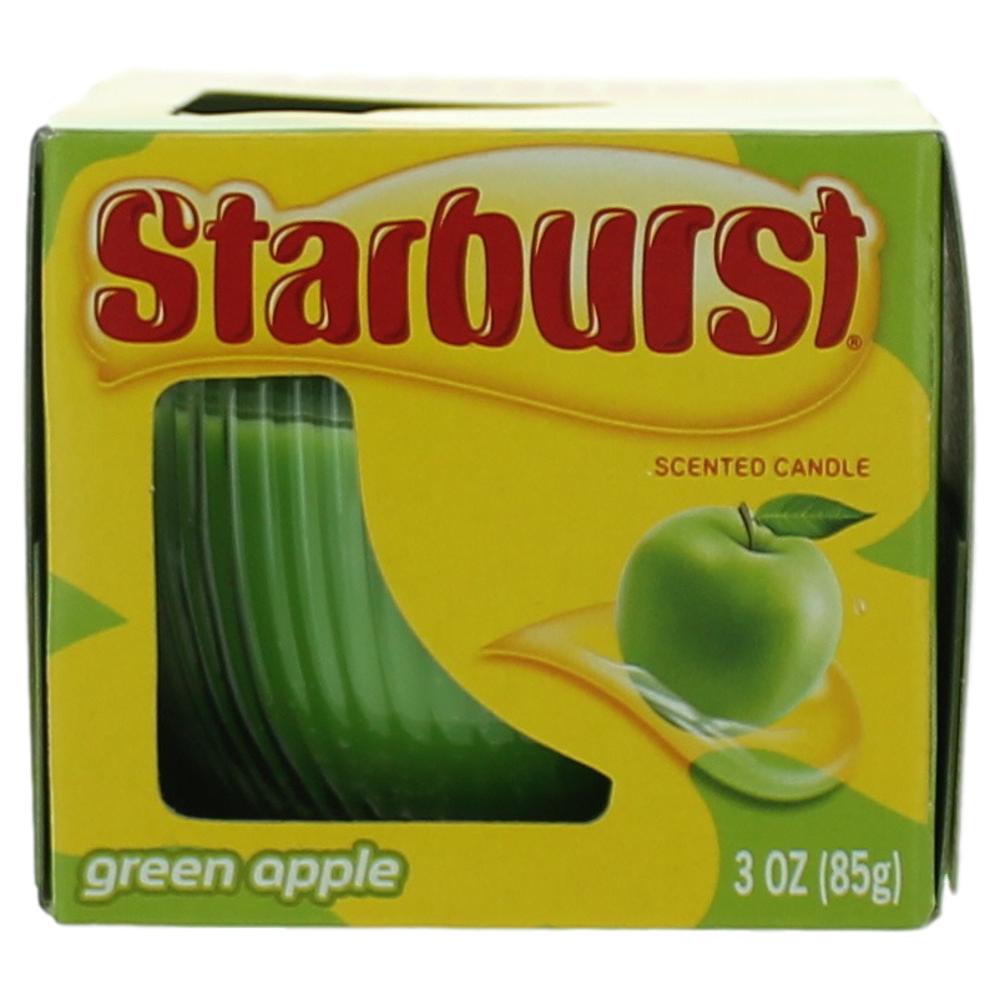
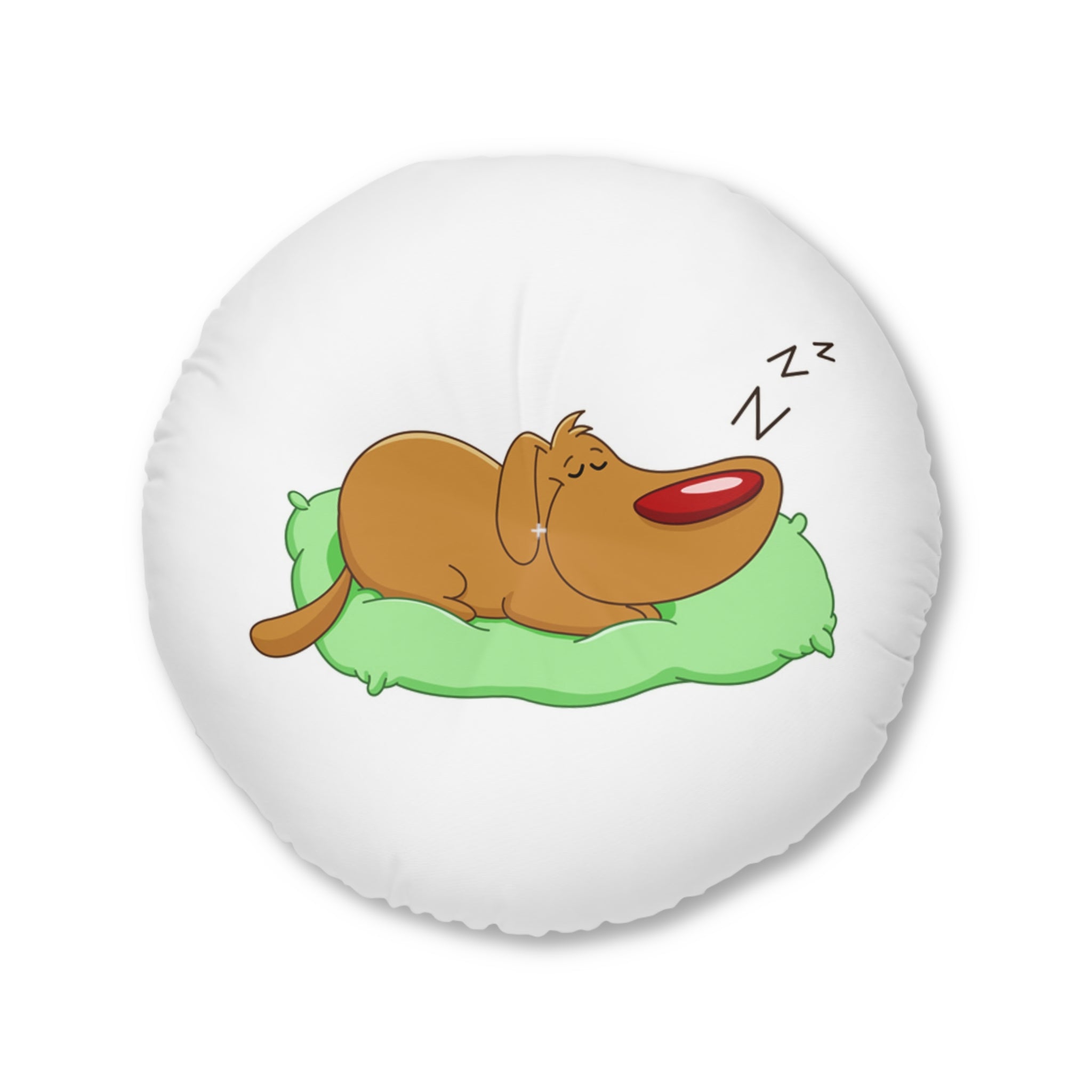

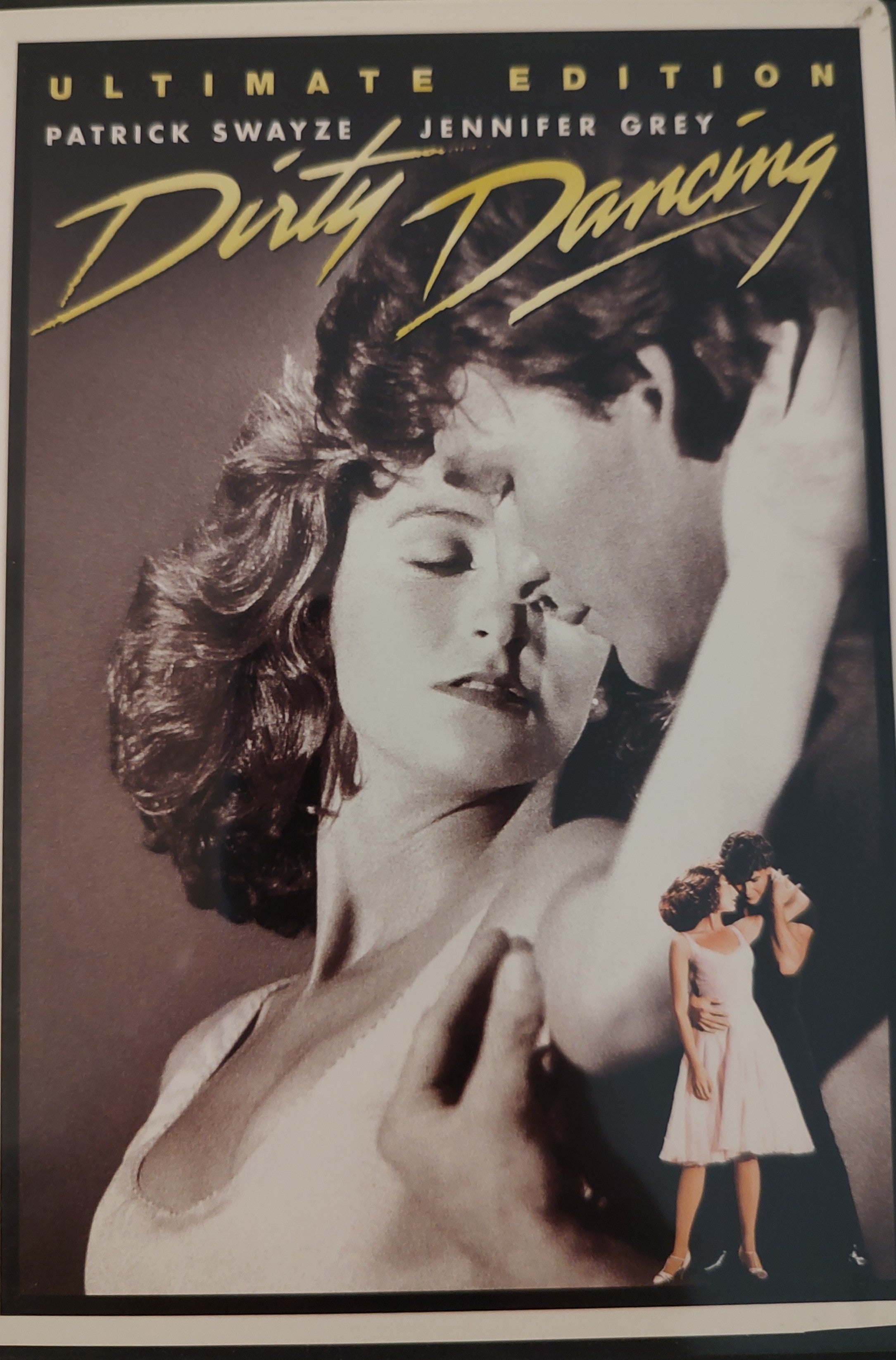
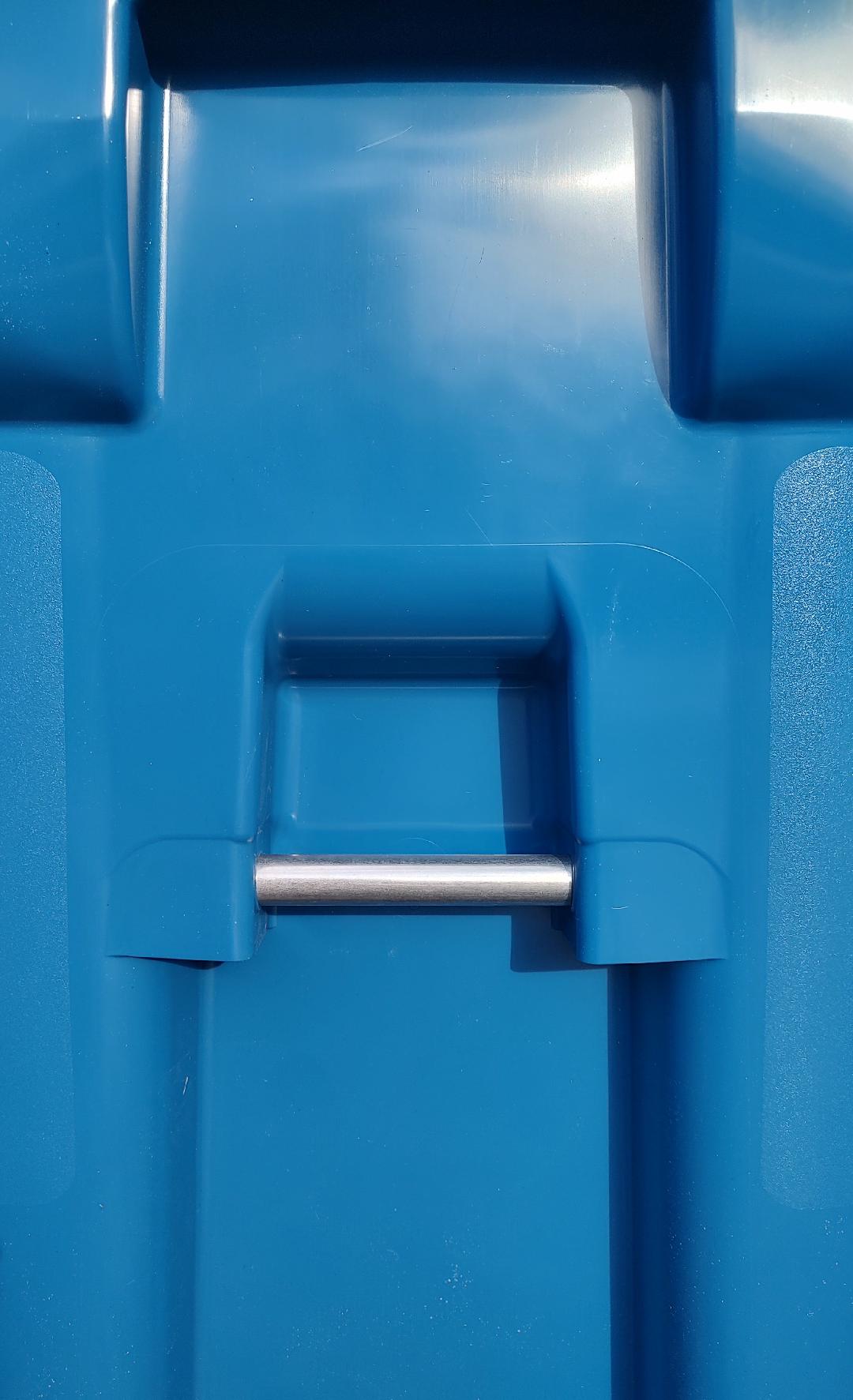




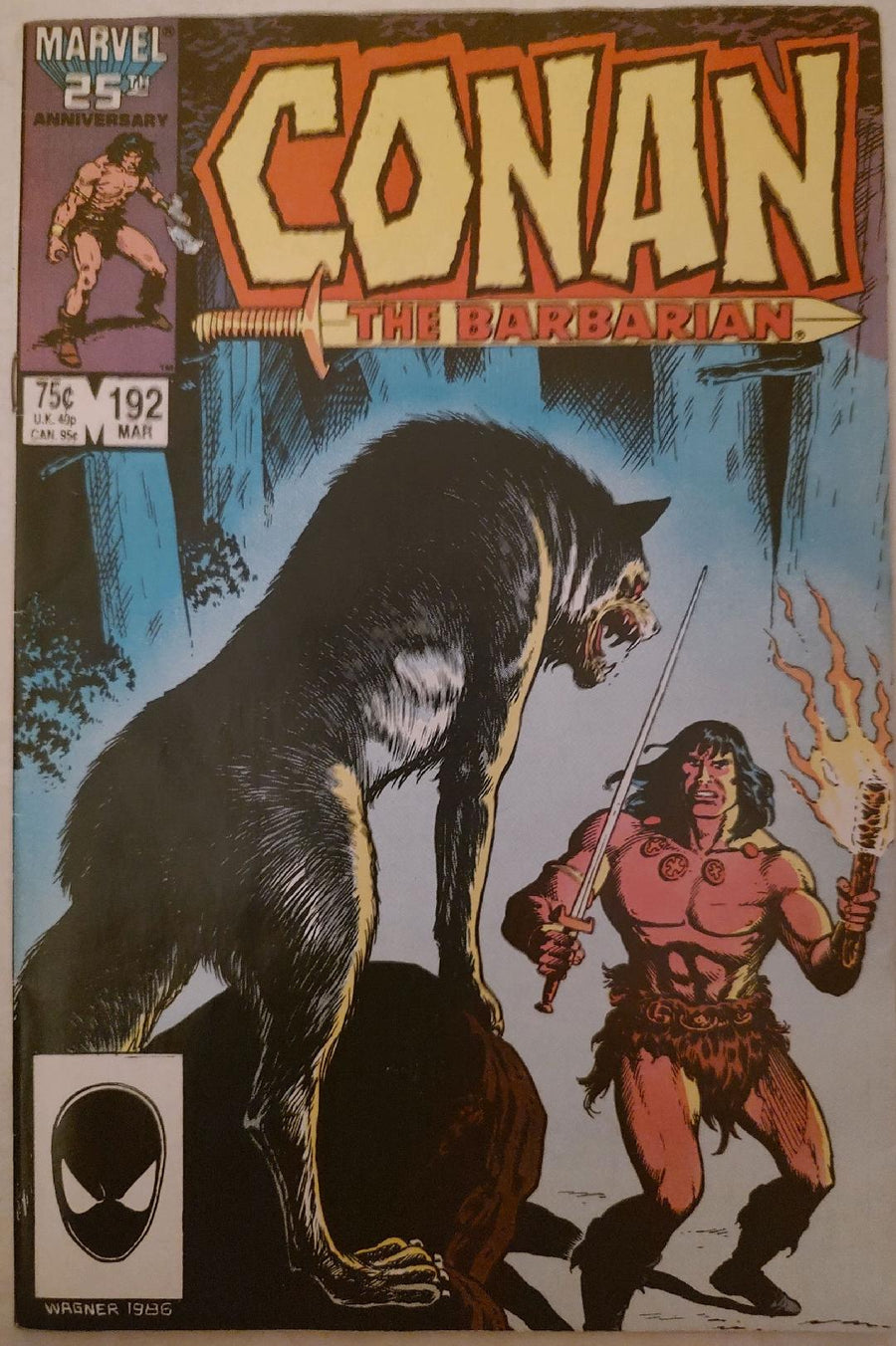
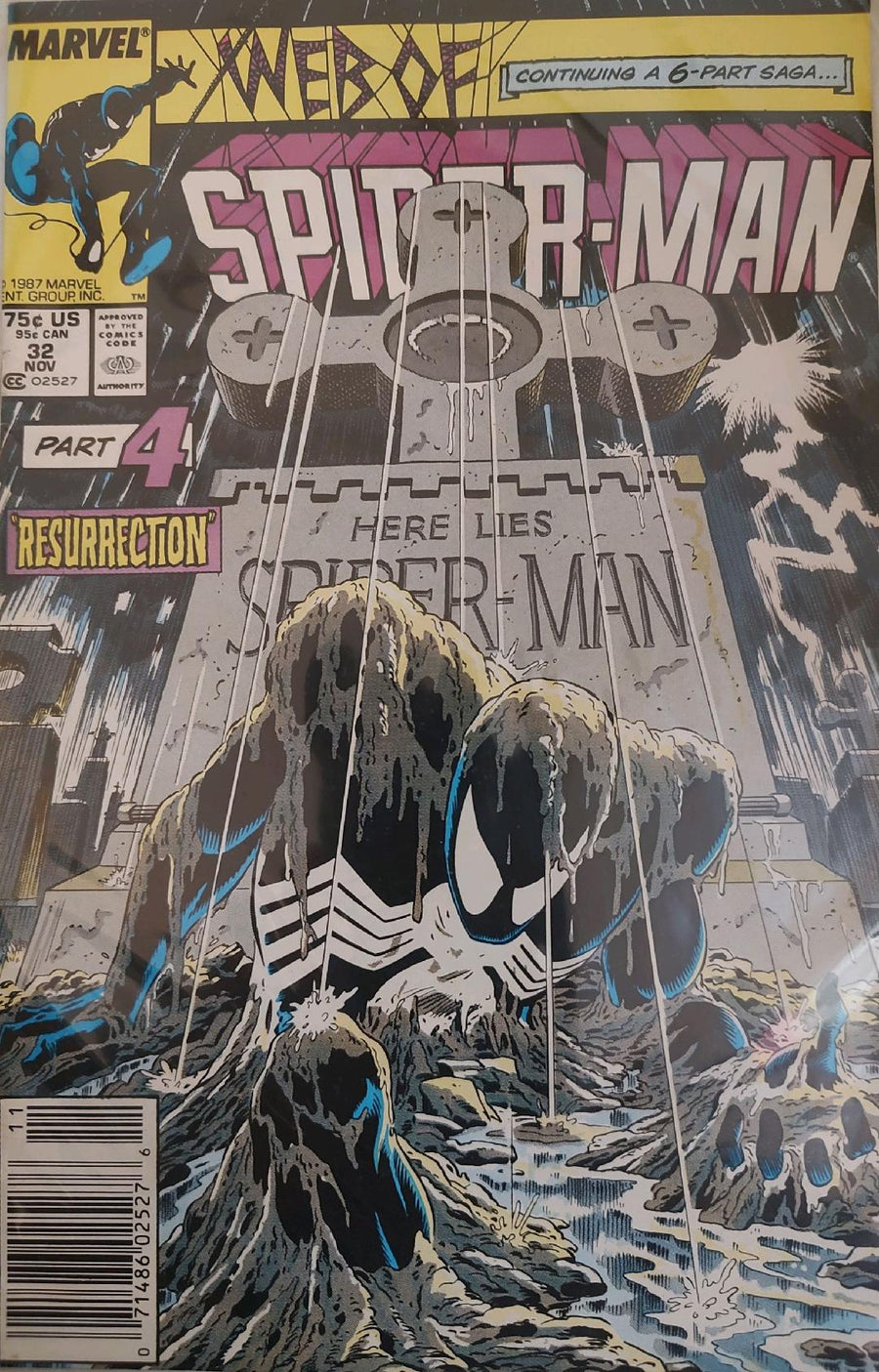
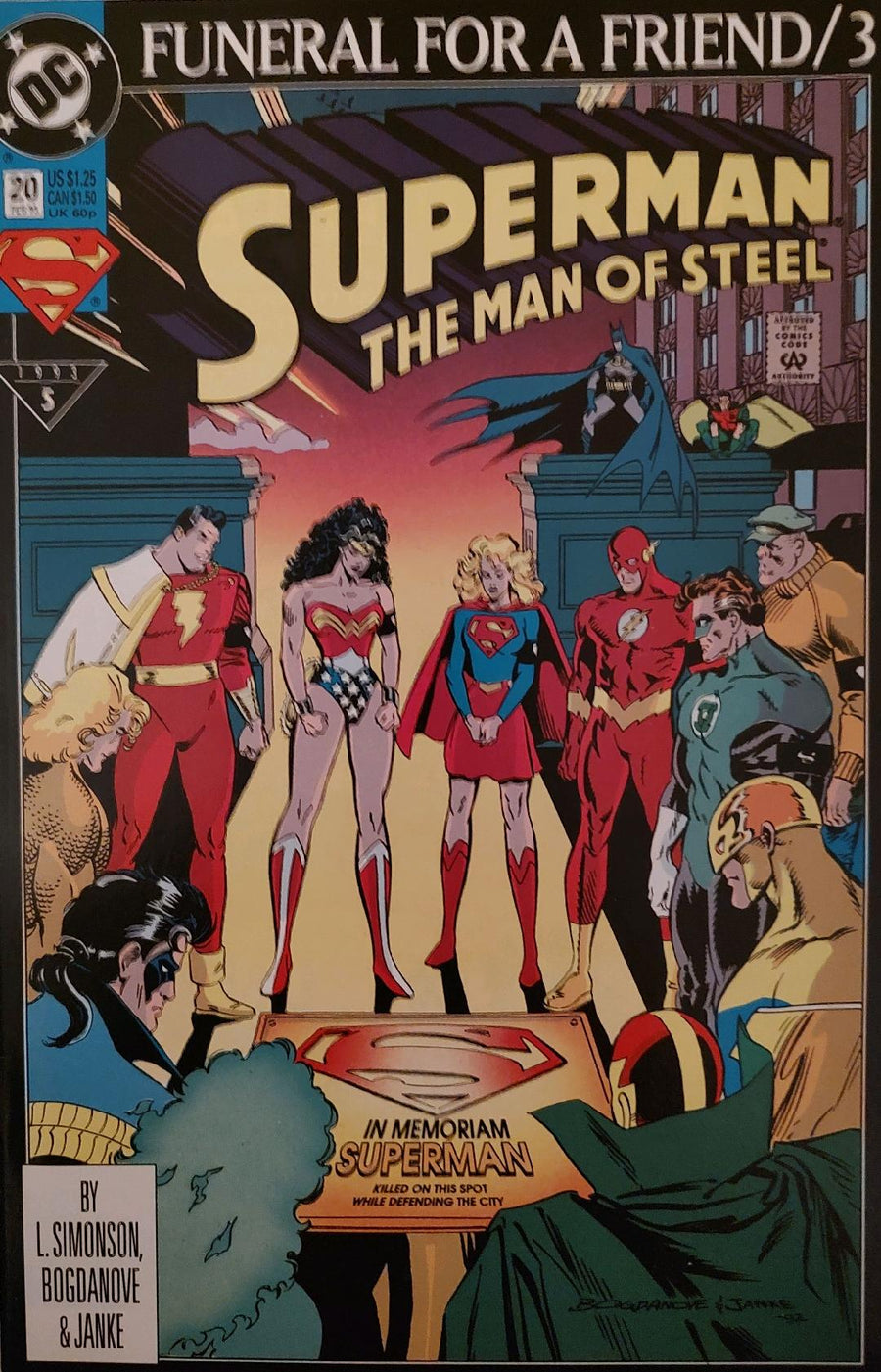
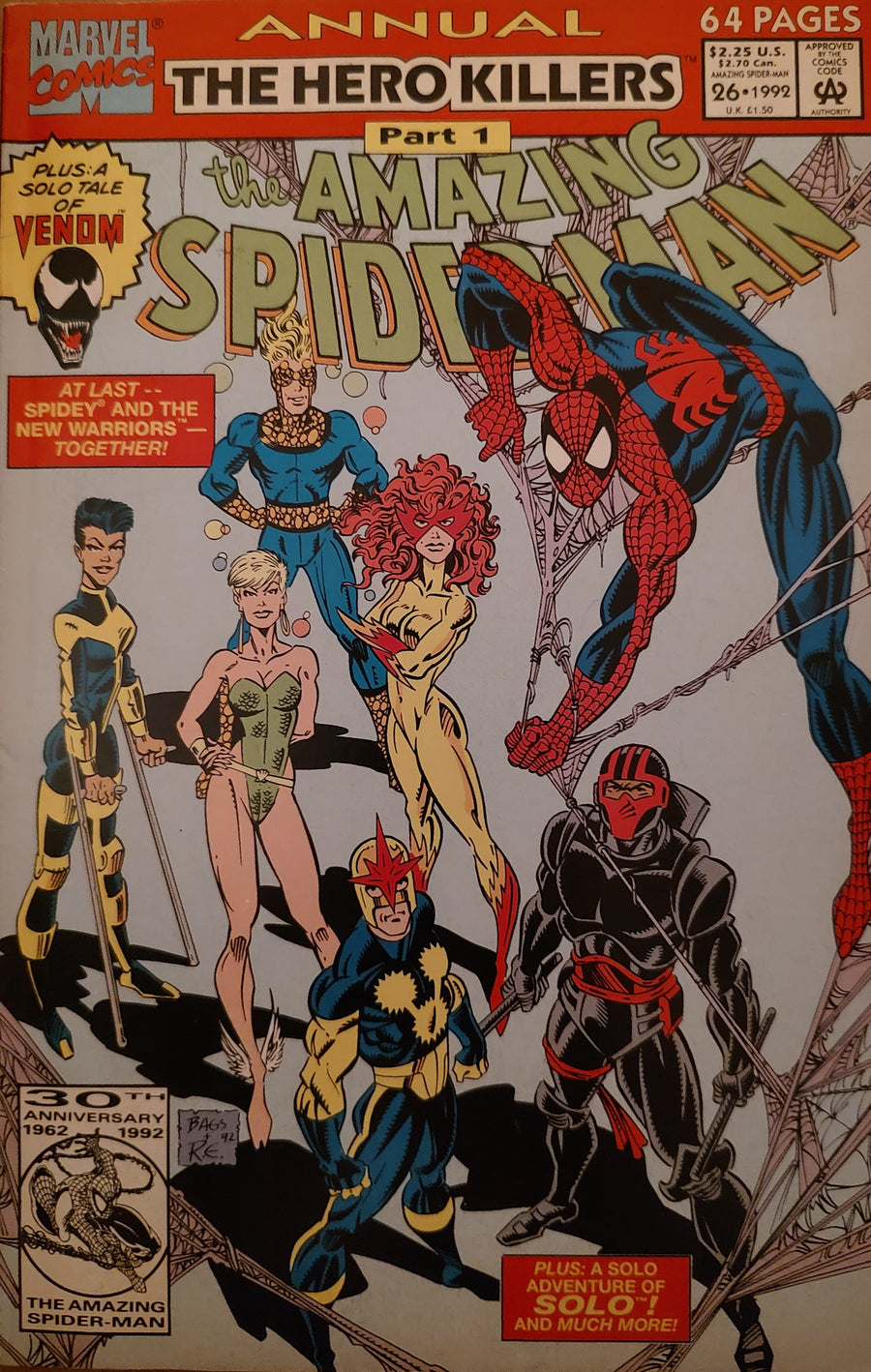
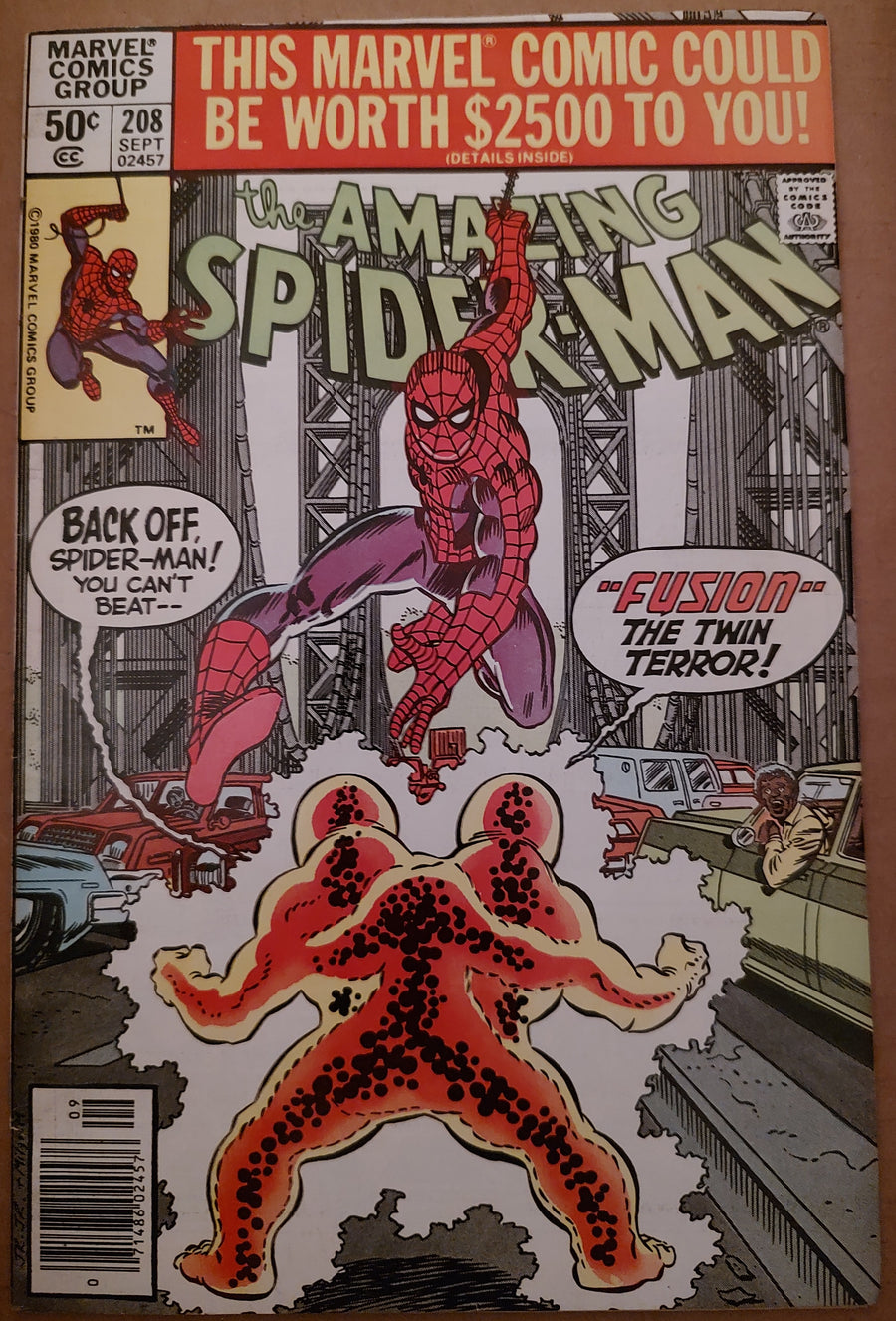
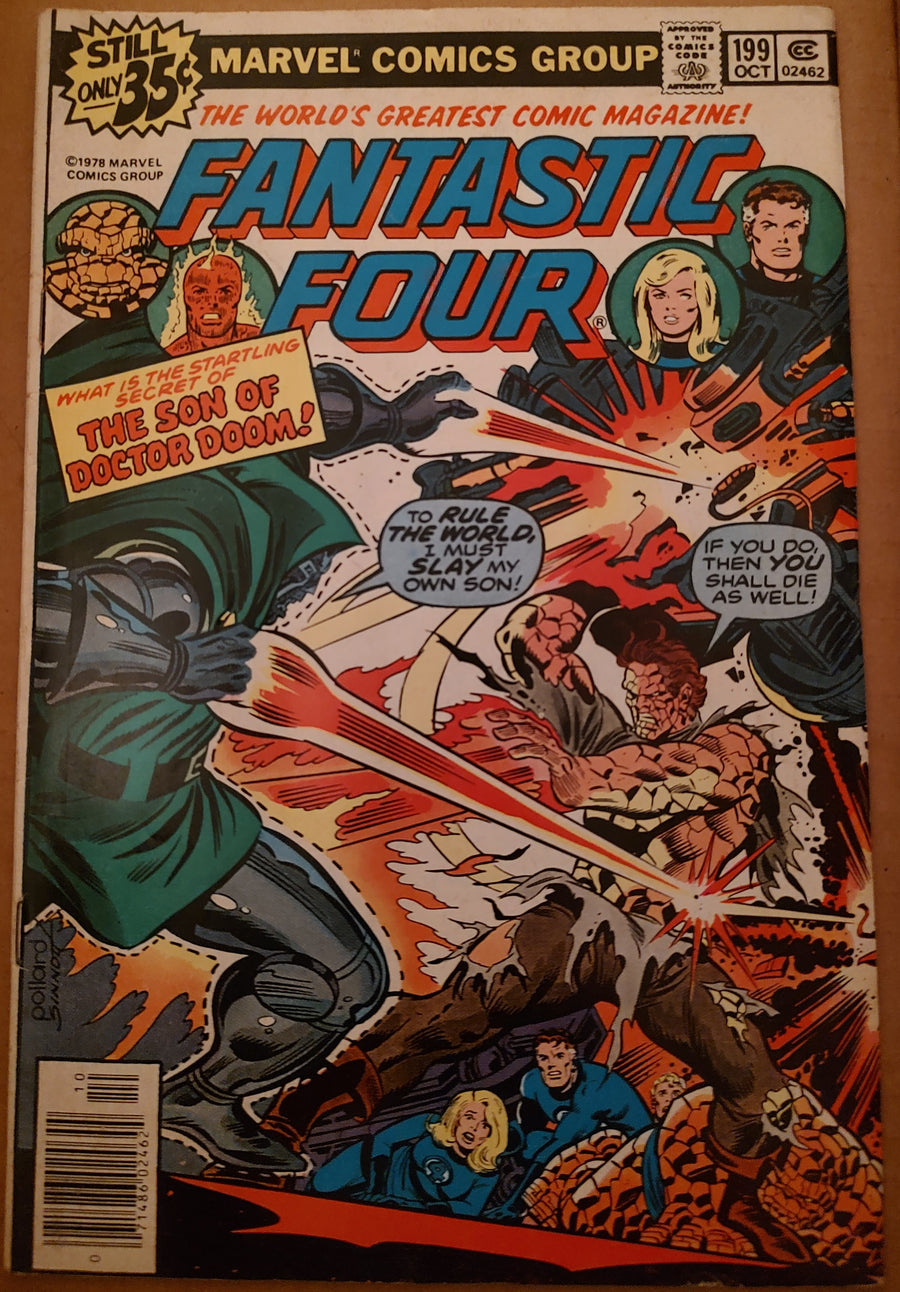
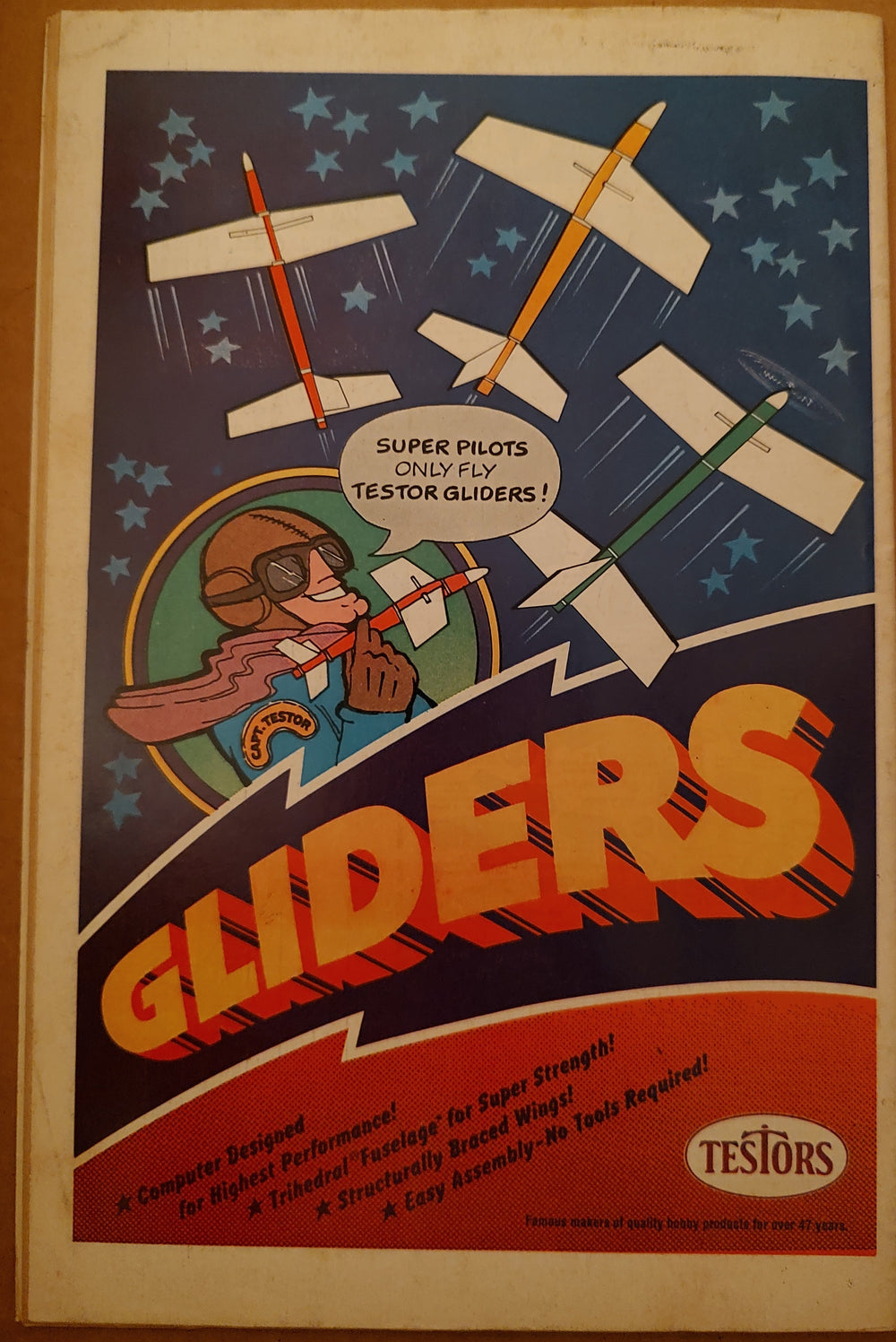
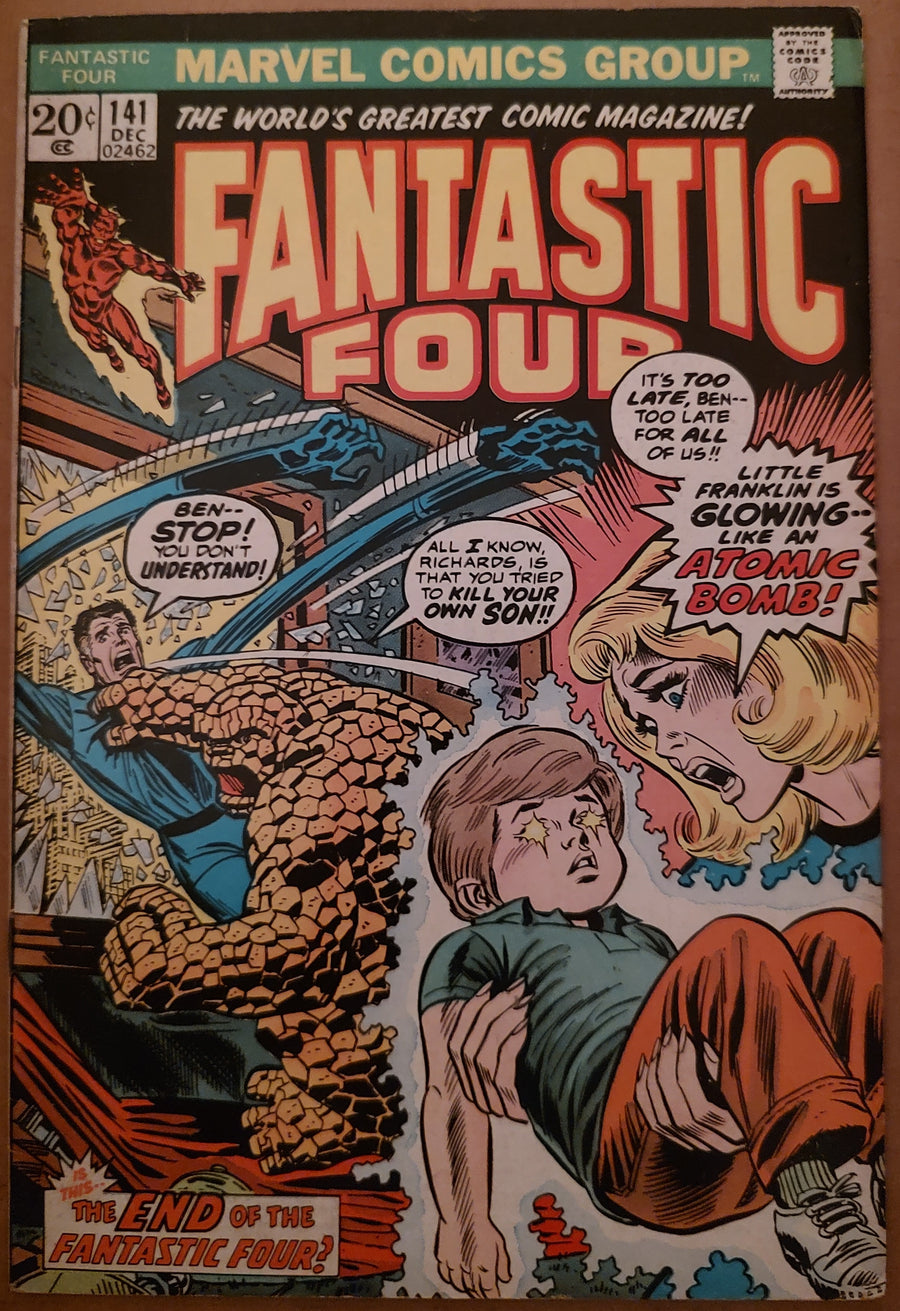

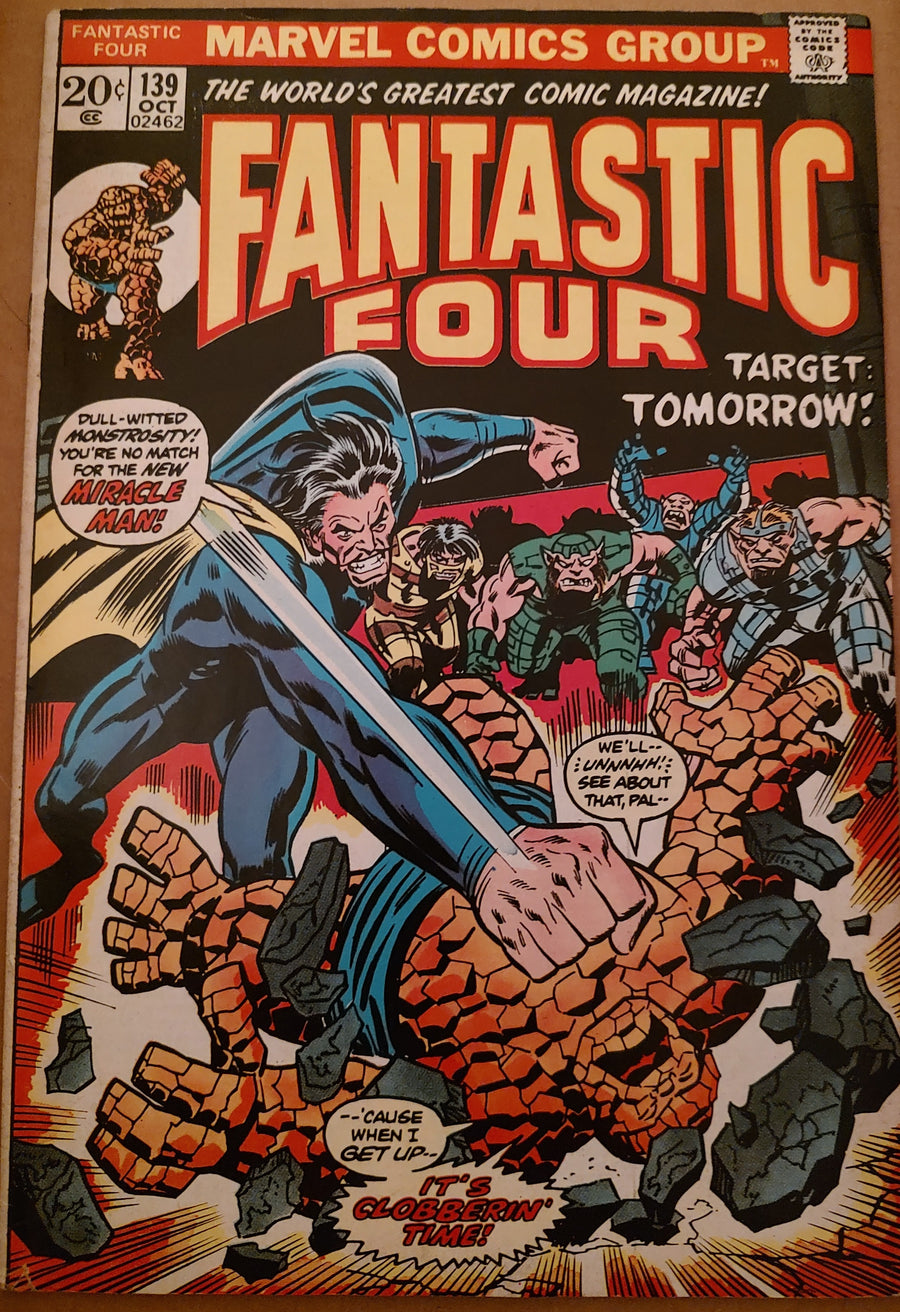
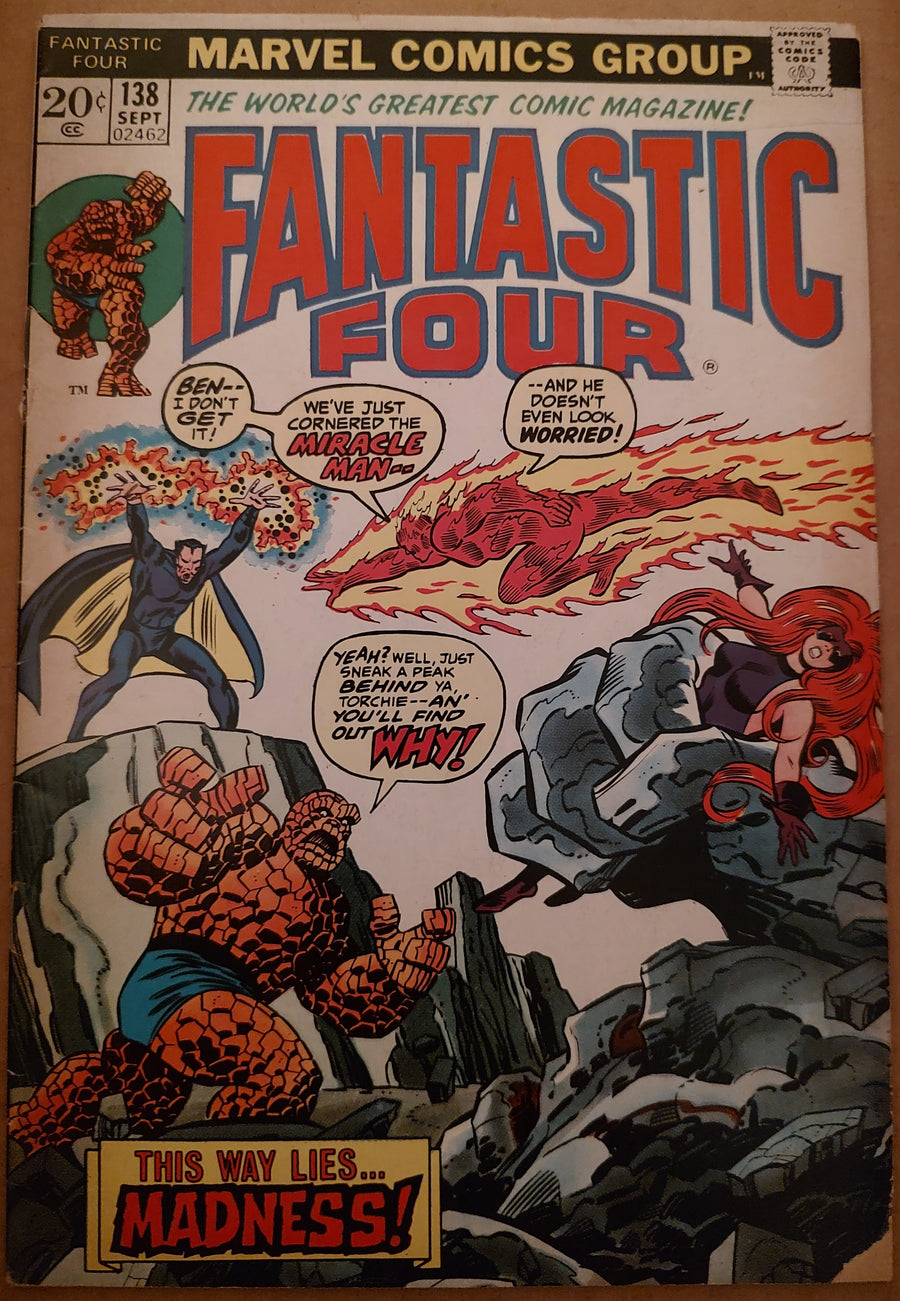
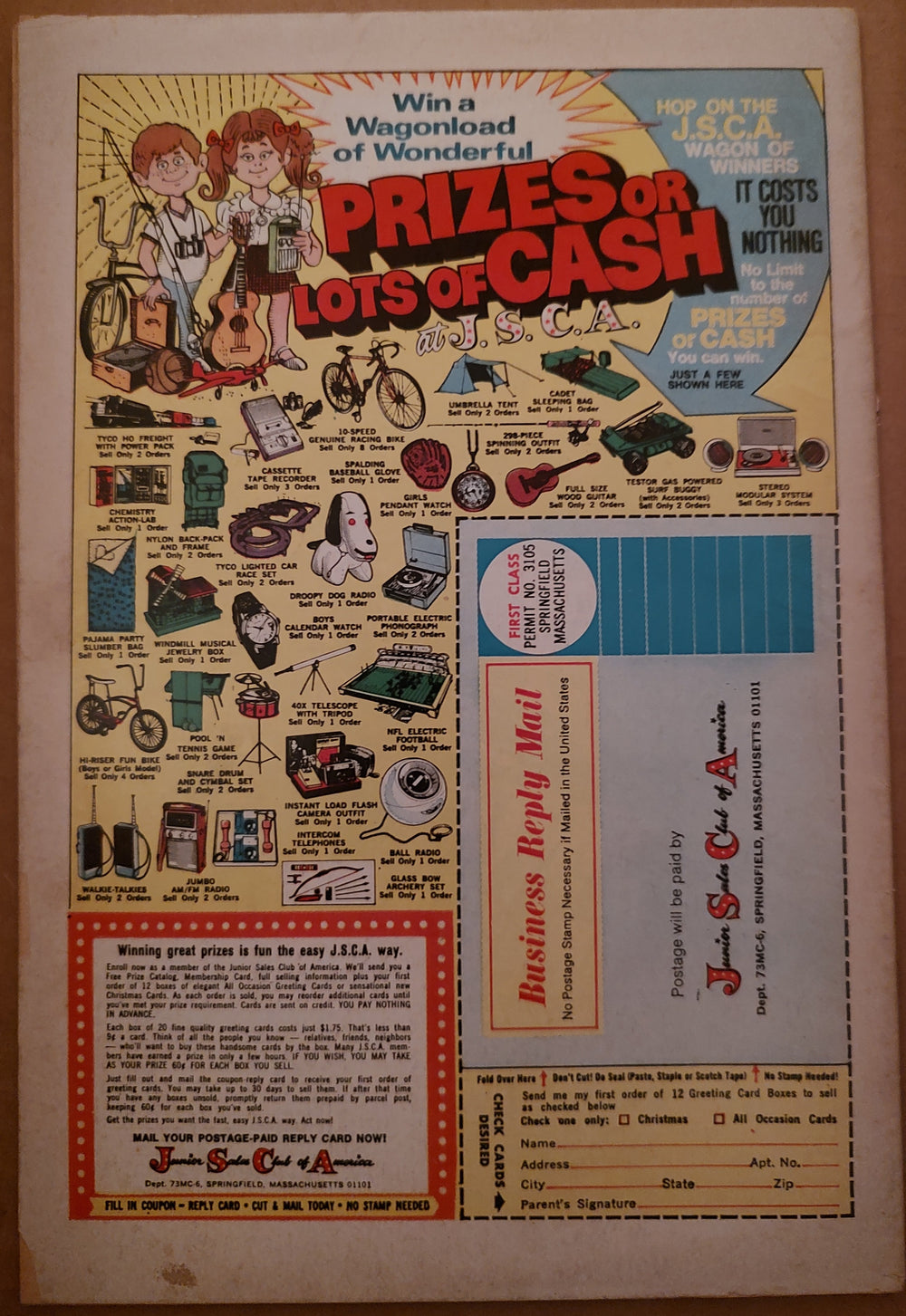
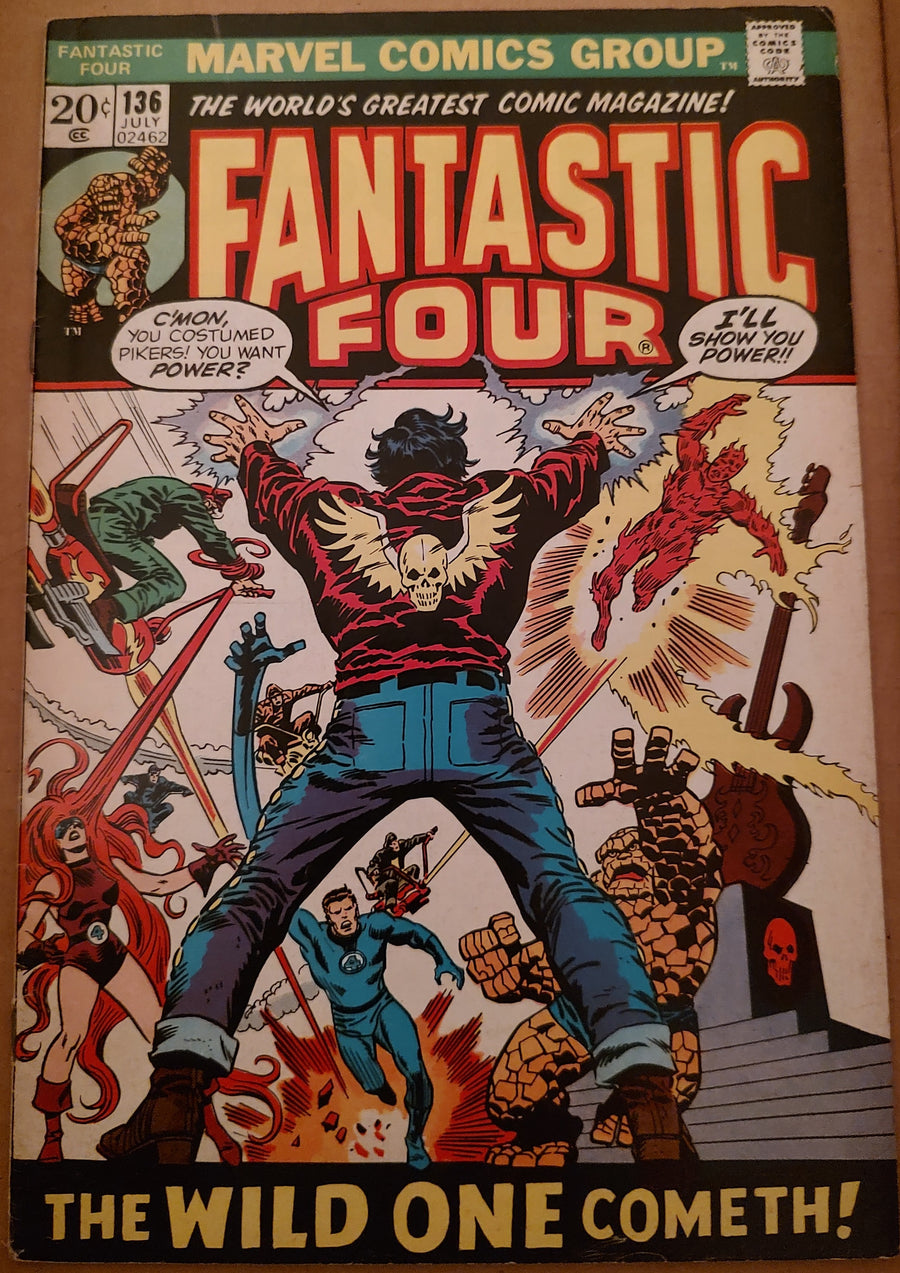
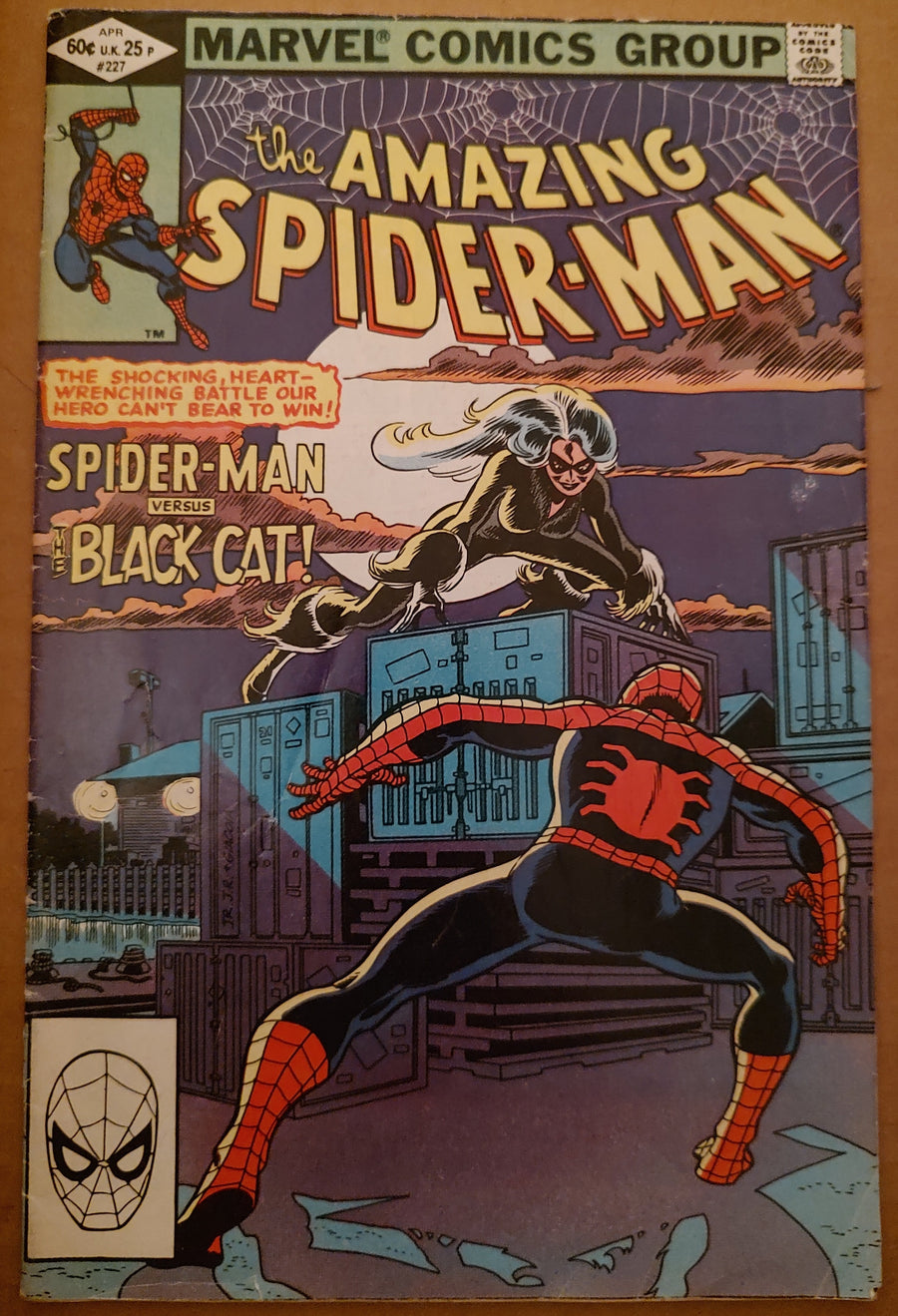
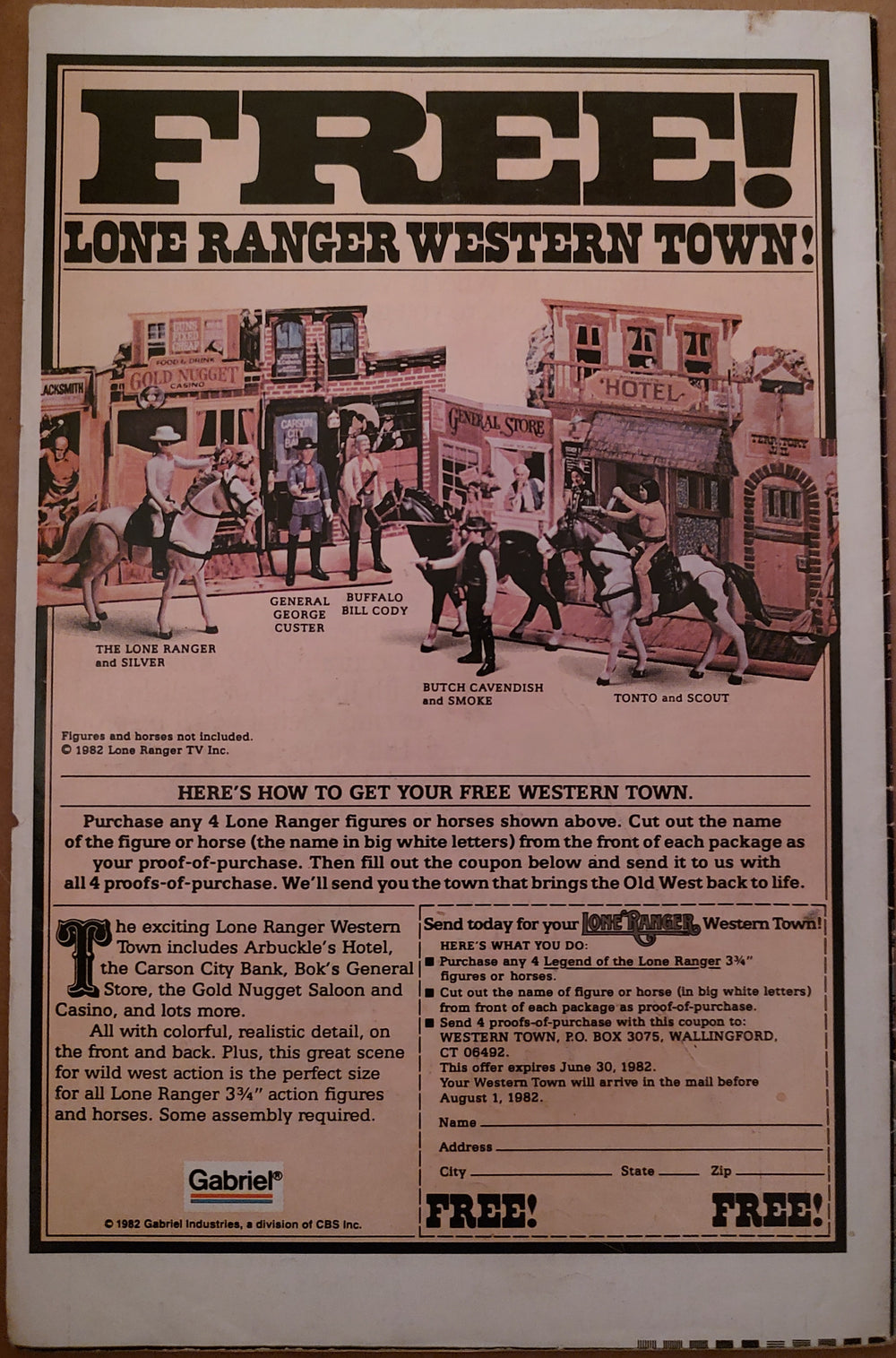



Leave a comment